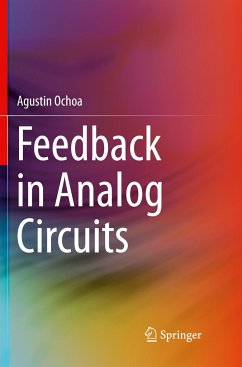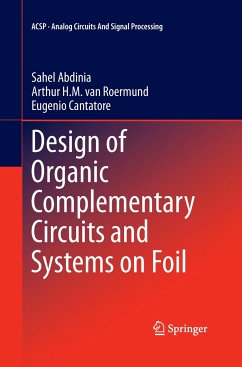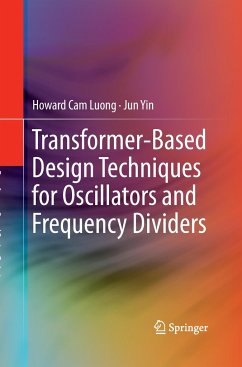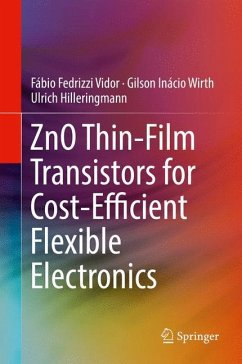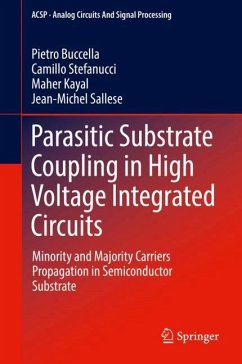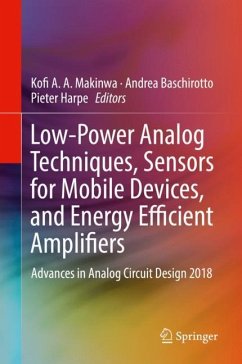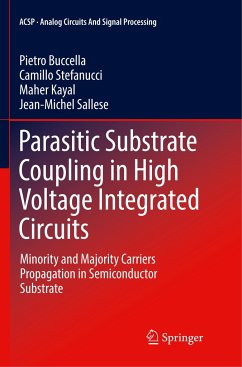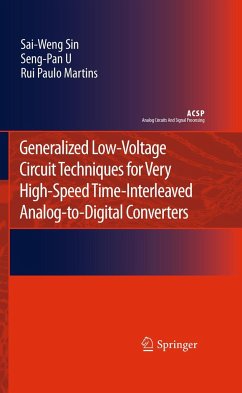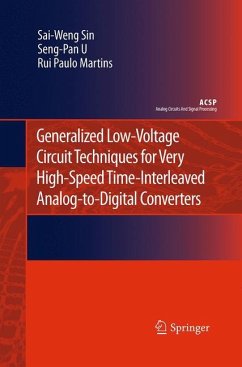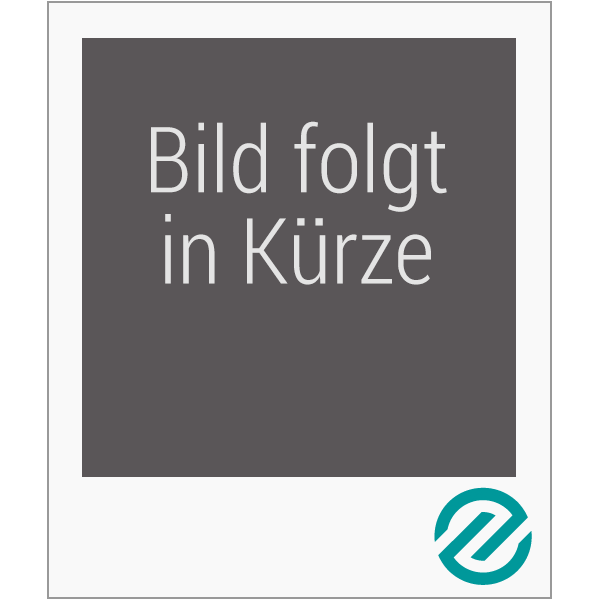
Feedback in Analog Circuits
By linking the techniques of Driving Point Impedance with that of Signal Flow Graphs, Agustin Ochoa unifies the process of circuit analysis by making the approach uniform from circuit to circuit and less dependent on having particular experience with circuits and classic methods. With the DPI/SFG methodology, many insights that usually occur only with experience instead develop naturally through an examination of the algebra. Core circuits are usually small enough to handle by hand. The process interprets a circuit topology as a flow graph by inspection. Flow graph algebra is then used to obta...
By linking the techniques of Driving Point Impedance with that of Signal Flow Graphs, Agustin Ochoa unifies the process of circuit analysis by making the approach uniform from circuit to circuit and less dependent on having particular experience with circuits and classic methods. With the DPI/SFG methodology, many insights that usually occur only with experience instead develop naturally through an examination of the algebra. Core circuits are usually small enough to handle by hand. The process interprets a circuit topology as a flow graph by inspection. Flow graph algebra is then used to obtain various transfer functions. Following this approach, circuit algebra becomes very systematic and direct. Feedback circuits exhibit loops in the graph producing a visual appeal to the concept. The graph, being in the mathematical domain, differs from the circuit in that the graph responds to algebraic constraints. Opening loops in the math domain is allowed directly while opening loops in the circuit invariably violates a circuit condition. In effect, the algebra graph is ideal and follows ideal modeling used in approximations on circuit topologies exactly. Additional advantages of the DPI/SFG approach is that 1) it allows for modifying on the graph drive conditions to directly obtain port impedances, 2) the graph helps design simulation setups to have the simulator do the algebra, 3) easily used for noise translation analysis for equivalent input or output noise, 4) it is not necessary to draw an equivalent small signal circuit, 5) the approach expands on our understanding of small signal modeling with use, 6) Feedback analysis does not require the classification of feedback into series-series, series-shunt, etc. TOC:-Introduction to Circuit Analysis -The DPI/SFG Method of Simple Circuits -Small Signal Modeling and Signal Flow Graph Algebra -Simple Circuits and Filters -Finding Equivalent Noise Sources, Noise Figures, and Port Impedances -Feedback 1: Basic Analysis, Stability, and Simple Feedback Circuits -Feedback 2: More Complex Circuits with Feedback -Voltage References and Voltage Regulators -Oscillator Circuits -PLLs -High Frequency Circuits: LNAs and Mixers -Some Aspects of Scattering Parameters




